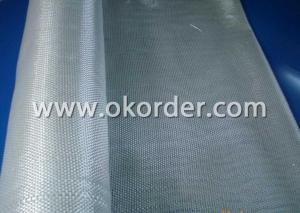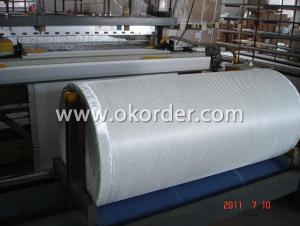Quick Details
Brand Name: FIREWHEEL
Model Number: FG105P(A)
Application: Blind
Weight: 145g/squ.mtr
Surface Treatment: PTFE Coated
Width: 1~1.5 (m)
Weave Type: Plain Woven
Yarn Type: E-Glass
Alkali Content: Alkali Free
Standing Temperature: -200 ~ 270 C
Thickness: 0.08mm(+/-0.003)






















